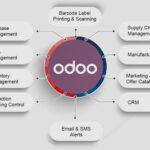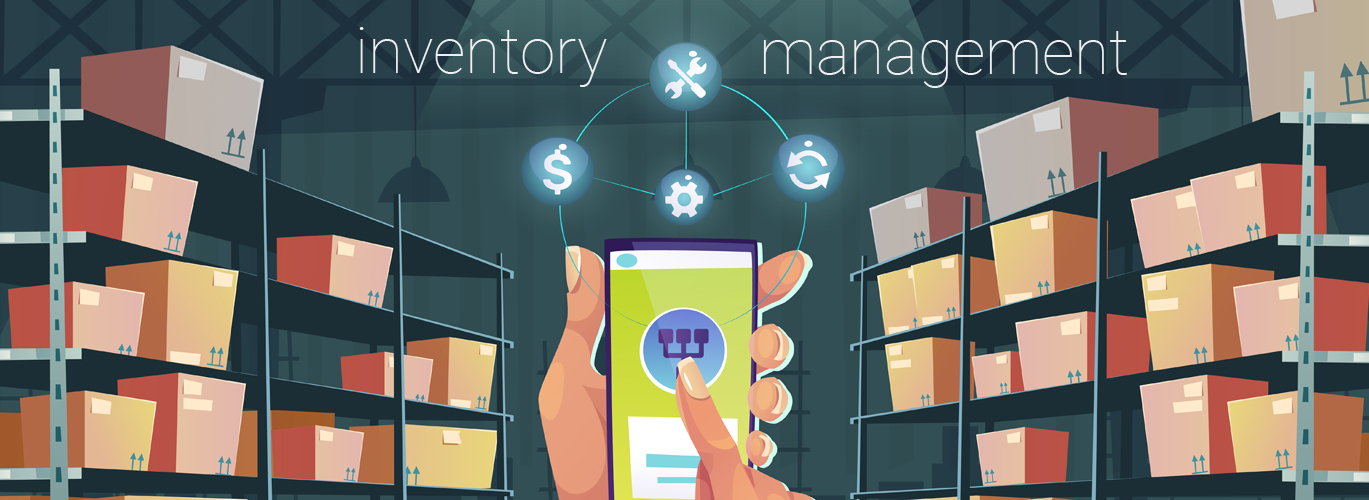Overall this is great news for business as online advertising offers more options, lower cost, and more flexibility than traditional media advertising. But one of the big challenges with all of these is figuring out how to select what platforms to advertise on. There are more options than ever and could be overwhelming for businesses. This is where programmatic advertising comes in and changes the game.
What is programmatic advertising?
Programmatic advertising is the automated buying and selling of digital ad-space. Before this buyers would have to have a relationship with sellers to get their ad-space on their websites. So even in the programmatic world deals have a huge influence on how money and campaigns transact.
What Makes Up a Programmatic Advertising Platform?
Most programmatic technology for buying and selling ecosystems are created by ad exchanges, ad platforms, marketers, and advertisers. Even so, the main aspects of the ecosystem mainly facilitate ad buying and selling activities.
Publishers:
Publishers are owners of websites that have ad spaces or also known as inventory to sell to advertisers.
Advertisers:
Advertisers have money to spend to promote their own brands to promote their products or have you sign up to their services.
Ad agency
Whether it is in-house or external helps advertisers execute and create beautiful campaigns to advertise their brand and services.
Ad Exchanger
This is a pool of ad inventory that advertisers buy from various publishers. The ad exchanger runs real-time auctions through real-time bidding (RTB). When the winning bidder is defined, the ad exchanger instructs the servers to store the ad content and release it in advertising platforms once the URL load is requested.
Demand Side Platform (DSP)
The Demand Side Platform is a software that enables advertisers to purchase search, video, and mobile ads in a marketplace that provides listing inventory. These platforms also allow you to handle advertisements within real-time bidding networks. DSP can be combined with data management platforms to assess and gather information so that marketers can better view targeting.
Supply-side platforms
This is an advertising technology (AdTech) platform that enables publishers to improve, sell and manage an advertising space or inventory.
How it works
- Firstly, companies planning to upgrade their brand would tap the assistance of agencies.
- The agencies will establish campaign parameters, creatives, and other collaterals for the campaign. Then the agencies will analyse and submit their bids to the ad exchanger.
- After that, the ad exchanger sends the ads to the publisher via the SSP. The SSP will then serve the ads to the users through websites or apps.
- When the users visit the website or social media platform, user information like location, browser, age, gadget, behaviour, and operating system are gathered by the website then sent to the ad exchanger via SSP.
Different types of programmatic advertising
- 1
Open Marketplace RTBReal-time bidding or RTB is a technology that allows the buying and selling of digital ad impressions through immediate auctions, led by ad exchanges or demand- and sell-side platforms. In the open marketplace, RTB impressions are accessible to all bidders.
- 2
Private Marketplace (PMP)Private Marketplace are customized, invitation-only marketplaces that offer publishers with the strength to set aside certain ad inventory packages and sell it to a select buyer or group of buyers with an emphasis on margin management for the seller. Other than a direct buy, which can be quite labor-intensive, buyers in a Private Marketplace use programmatic ways to purchase from publishers.
- 3
Spot BuyingThese transactions exist within an exchange environment with pre-negotiated, fixed pricing (on things like CPM or CPC). Basically, these are given more importance in the ad server than open marketplace or PMP transactions. These kinds of deals are the result of advertiser demand for a more expected offering within the exchange space.
- 4
Automated Performance (AP)Automated Performance is workflow automation. For these deals campaign performance is guaranteed, other than impressions. Cost-per-click (CPC) or cost-per-install (CPI) are the two main performance metrics for these deals.
What are the Top Programmatic Advertising Channels?
Programmatic marketing comes in various formats or channels when they are published on a website or an app.
Display Ads
Basically, display ads might refer to all banner ads or visual ads often found on a web page. In the case of programmatic advertising however, digital display ads are those banner ads found at the header, sidebars and footer of a page. Display ads have a variety of sizes and formats based on the parameters set for the ad space.
Native Ads
Native ads are also a kind of online advertising but may see differently as banners as they are published the same way as the website’s organic content. Native ads focus to decrease distraction and ad fatigue which the audience often experience with traditional display ads.
Native Google ads can be formatted as paid search units, in-feed units, promoted listings, recommendation widgets, sponsored content, in-article ads and rewarded video ads.
Social Ads
Programmatic online ads leverage user data gathered by social media platforms. These user data are examined, which will become the basis for more focused ad targeting, enhancing chances to land on the exact target audience. Programmatic advertising on social media also understands the perfect influencer and automates their campaign management.
Audio Ads
A few sites or ad networks where you can publish audio ads are Google, BBC, Pandora, Soundcloud, and Rubicon Project. Programmatic audio ads utilise a system that connects brands to publisher websites in audio content like digital radio, podcasts and music streaming services.
Video Ads
Programmatic ad in video format displays an advertisement in the style of videos. Advertisers can select from these three kinds of video ads:
- In-stream ads – These are advertisements that can be seen within the video player. They can strike you before (pre-roll), in the middle of the content (mid-roll), and after the video (post-roll).
Out-stream ads – These video ads can be displayed as pop-up windows or in between online content. - In-display ads – These video ads cannot be seen in a video player but can appear in recommended video listings.
- Fact: As per Forbes, the US ad market is expected to be across $300 billion and the global ad market more than $700 billion.
Digital Out-of-Home (DOOH)
Digital out-of-home programmatic advertising means digitised display advertising in public areas like outdoor signages, networked screens and billboards.
Why Does Programmatic Advertising Work?
-
Improved Budget Utilization
As programmatic advertising enhances targeting and displays ad performance in real-time, advertisers can make more intelligent decisions when investing their marketing budgets.
- Optimized Targeting Efforts
Programmatic advertising allows you to create user data to enhance the audience profile and reach the appropriate audience more accurately. Advertisers can also utilize geo-targeting, demographics, remarketing, and IP address targeting to refine their targets.
- Increased Revenue for Publisher Websites
One among the advantages of programmatic advertising is increased revenues for the publishers. Publishers who make use of programmatic advertising experience a growth in revenue because of the guaranteed deals. Programmatic advertising makes ad spaces more noticeable to premium advertisers looking for high ad inventory volumes.
- Access to Prime Inventories
Advertisers can access elite advertising spaces and inventories easily, making sure that there will be few wasted impressions and fewer ads being seen by the wrong audience.






